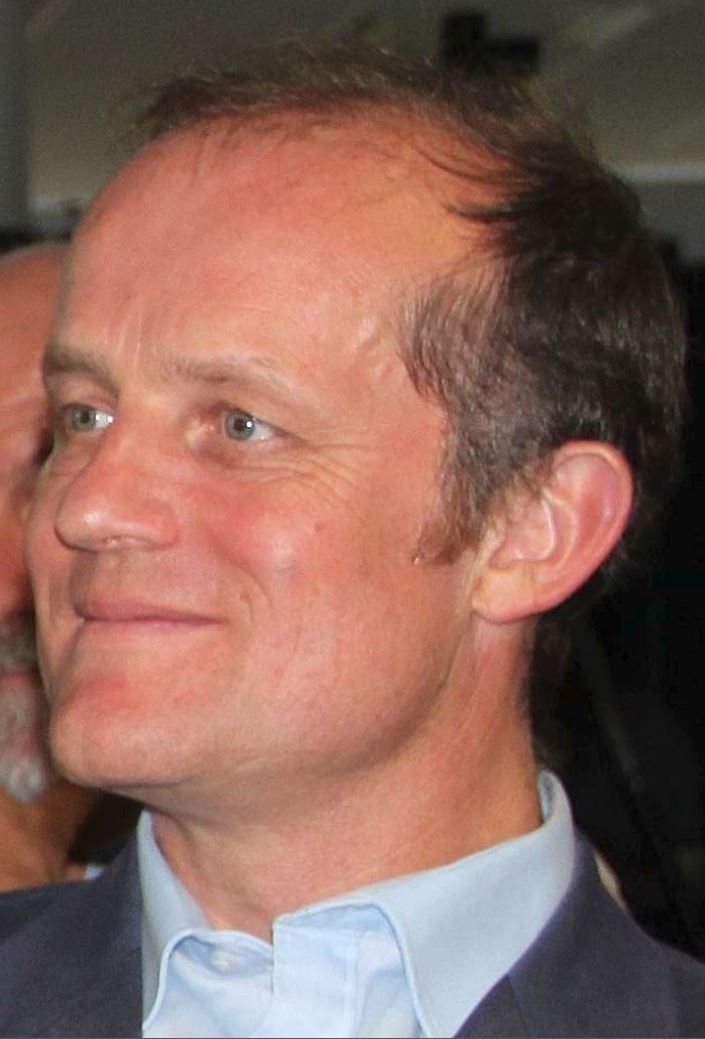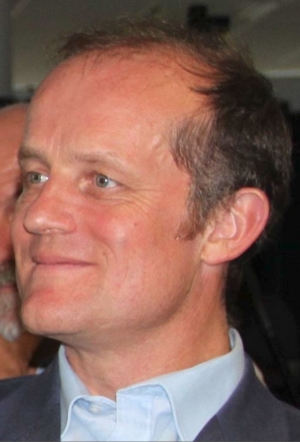François Fouchier
 PACA Regional Delegate,
PACA Regional Delegate,
Conservatoire du Littoral
What are the advantages of the tripartite management of the project, with the Camargue Regional Natural Park, Tour du Valat, and SNPN? Has this type of organisational structure already been tested out by the CdL, and why was it adopted for this particular project?
The Camargue Saltflats lagoons and marshes, for which the acquisition process began in 2008, are not the only areas to be protected by the Conservatoire in the Camargue. Together with the neighbouring Vaccarès National Nature Reserve, in particular, they make up the Conservatoire du Littoral’s largest expanse of natural areas, nearly 20,000 hectares held by a single owner. The site presents major ecological issues for the Camargue and for the Mediterranean as a whole. Its conservation and development strategy naturally involves a genuine partnership aimed at promoting the complementary management capacities of the Camargue Regional Natural Park, the Société Nationale de Protection de la Nature, and the Tour du Valat Foundation. It’s true that this partnership is absolutely exceptional for a Conservatoire site. The reason for this approach was the ambition to deal with a complex management challenge, requiring the sharing of everybody’s resources and skills.
Concerning the Tour du Valat in particular, what does it add to the management system?
The Tour du Valat has well-established experience in the management of natural areas in general, and wetlands in particular. Its presence in the local area, combined with its internationally recognised scientific and methodological expertise, make it an indispensable partner for succeeding in such a project.
Furthermore, the Tour du Valat’s involvement has gone much further than the Conservatoire du Littoral had hoped, mobilising financial and human resources that have now proved decisive. Its contributions to the following aspects can be highlighted:
- scientific support for the site’s management / restoration process;
- enhancing knowledge of the site’s natural heritage, and defining and implementing long-term monitoring programmes, notably the surveillance of the Greater Flamingo colony;
- modelling the site’s hydro-saline regime in function of various scenarios;
- and of course helping to draw up the guidelines and management plan.
With regard to the Camargue Saltflats lagoons and marshes, what are the priority issues on the site? What is the weight of environmental issues, compared to social, economic, and political issues?
The site is characterised by the presence of rich and diverse habitats, both terrestrial and marine: shallow bays with Dwarf Eelgrass meadows, sandbanks used as wintering grounds by numerous bird species, salt meadows, sansouïres, etc.
The major management orientations need to respond to these environmental issues by:
- re-establishing a more natural hydrological region, in particular by reconnecting the site with neighbouring hydrosystems;
- reconstituting coastal ecosystems characteristic of Mediterranean coastal lagoons and sandy shorelines;
- maintaining or increasing the site’s holding capacity for colonial waterbirds;
- implementing adaptive management with regard to the rising sea level, notably through managed and progressive regression of the coastline in sectors in which there is erosion.
For all that, integrating local social, cultural, and economic issues, particularly regarding the situation of the village of Salin de Giraud and user rights for Beauduc beach, involves mobilising everybody: local authorities, management bodies, and State and Conservatoire departments. What is required is to reconcile the need to conserve natural areas and their habitats with the maintenance, even development, by methods to be specified, of public access, a wide range of site uses, and managed economic diversification.
Moreover, the governance system set up needs to make further progress with regard to piloting, monitoring, and concertation in order to fully involve and give recognition to the various local stakeholders.
How can this site contribute to the Conservatoire’s national policy in terms of managing the specific issue of the changing coastline? Is it a “pilot” site where new approaches can be tested?
The recent purchases enable the sustainable protection of a major coastal wetland, in accordance with the wetlands conservation strategy set up by the Grenelle Environment Round Table, which considers the acquisition of 20,000 hectares of wetlands by 2015.
This site is a full-scale experimental laboratory for the challenges that the Conservatoire du Littoral will have to face nationally, with regard to both environmental issues (exceptional biodiversity and landscapes, considerable geomorphological evolution of the shoreline, etc.) and the impact of human activities (2500 vehicles parked on the site every day, up to 500 kite surfers, etc.)
That is why the Conservatoire’s Administrative Council will come to a decision this fall regarding the possibility of extending the site through the attribution of more than 2,600 ha of the Public Maritime Domain (PMD). Indeed, the challenge is to achieve coherent and integrated management of both land and sea, enabling the creation of a robust ecological and land tenure framework. Public sector action will be more efficient for conserving and restoring the natural habitats, managing access and uses in the PMD, and reinforcing surveillance resources.
The concertation activities required are also being seen as a pilot action, attentively observed by regional and national stakeholders.
The management guidelines that have just been made public plans a three-year action programme. Yet, after recent meteorological events, the natural evolution of the site appears to be quicker than predicted. How can relatively unwieldy “management plan” processes be adapted to such a rapidly evolving site?
The dynamics of the coastline erosion are set to accelerate, because they are finally catching up with the accumulated delay caused by several decades of artificialisation of the coast. In any case, this evolution is inevitable unless we consent to onerous protection measures, which are no longer justified because there is no need to protect people and property in the area. While the expected mid-term equilibrium status is quite predictable, it is true that certain climatic vagaries will cause us to modify our action programmes in the short term.
Generally, nature has to adapt to the limited spaces we reserve for it; now that for once it can spread over a sufficiently vast area, we can let it express itself freely! There is no need to worry about it, and I’m confident in our collective capacity to adapt and convinced that that the Camargue will only be the better for it, and a source of multiple riches.
